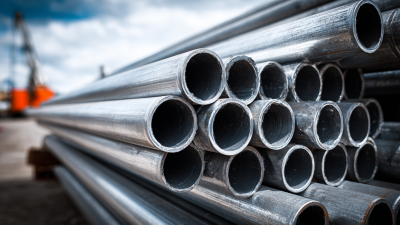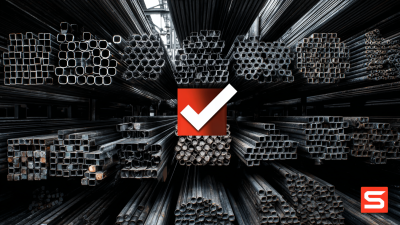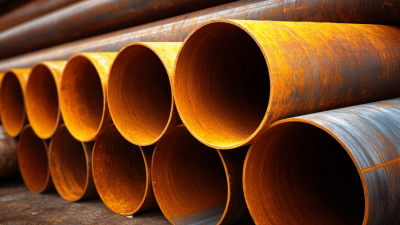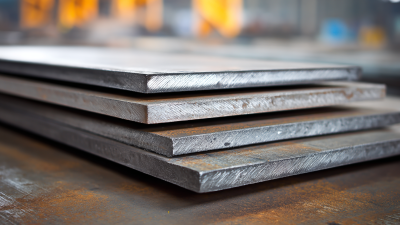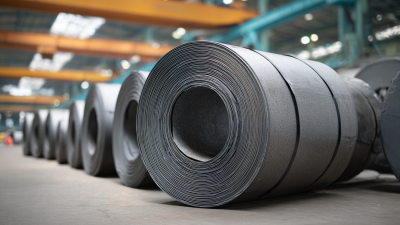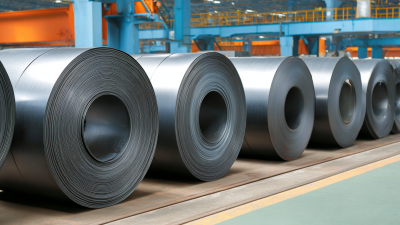When embarking on a construction or manufacturing project, selecting the right materials is crucial for ensuring durability and performance. Among these materials, the Stainless Steel Pipe stands out for its versatility and resistance to corrosion, making it ideal for a variety of applications, from plumbing systems to structural support. According to the Global Stainless Steel Pipes Market Report 2022, the demand for stainless steel pipes is projected to grow at a CAGR of 5.3% from 2022 to 2028, attributed to the increasing investments in infrastructure and industrial projects worldwide. However, with a plethora of options available in terms of grades, sizes, and specifications, making an informed choice can be daunting. This guide aims to elucidate the key considerations that should be taken into account when selecting the appropriate stainless steel pipe for your project, ensuring that it meets both functional and regulatory requirements.
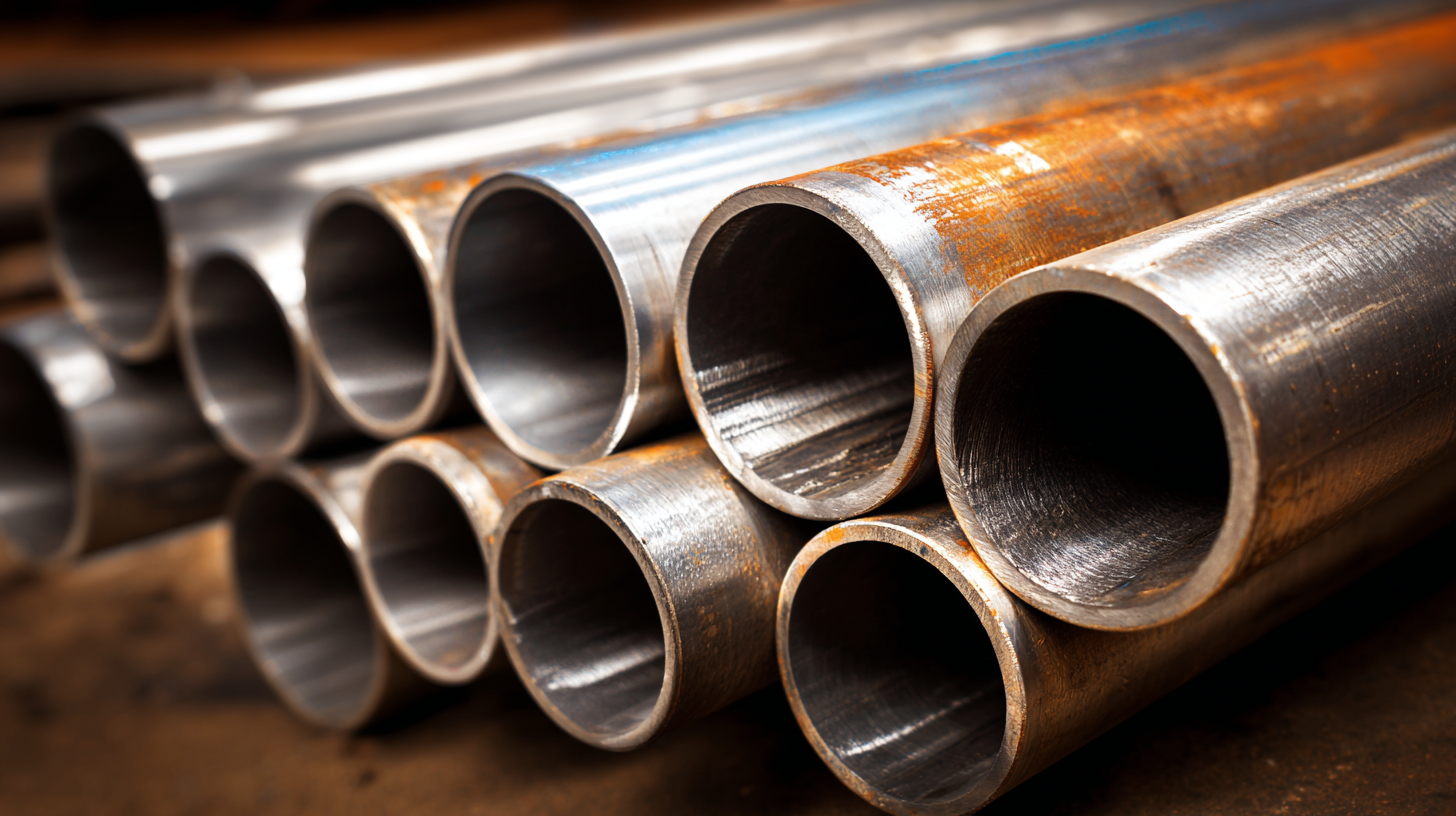
When selecting the right stainless steel pipe for your project, understanding the different grades of stainless steel is crucial. Stainless steel pipes are categorized into various grades, each with unique properties that make them suitable for specific applications. For instance, austenitic stainless steels like 304 and 316 are widely used in industries requiring high corrosion resistance, making them ideal for chemical processing plants, marine environments, and food processing.
Another important factor to consider is the mechanical properties of the stainless steel grade. Grades such as duplex stainless steels offer a combination of strength and corrosion resistance, which is beneficial in applications such as oil and gas pipelines or marine structures. Additionally, ferritic stainless steels can be utilized in less demanding environments, offering an economical choice with decent strength and corrosion resistance, particularly in automotive applications. By matching the right grade of stainless steel pipe to the specific requirements of your project, you can ensure longevity and performance while potentially reducing costs associated with material failure or replacements.
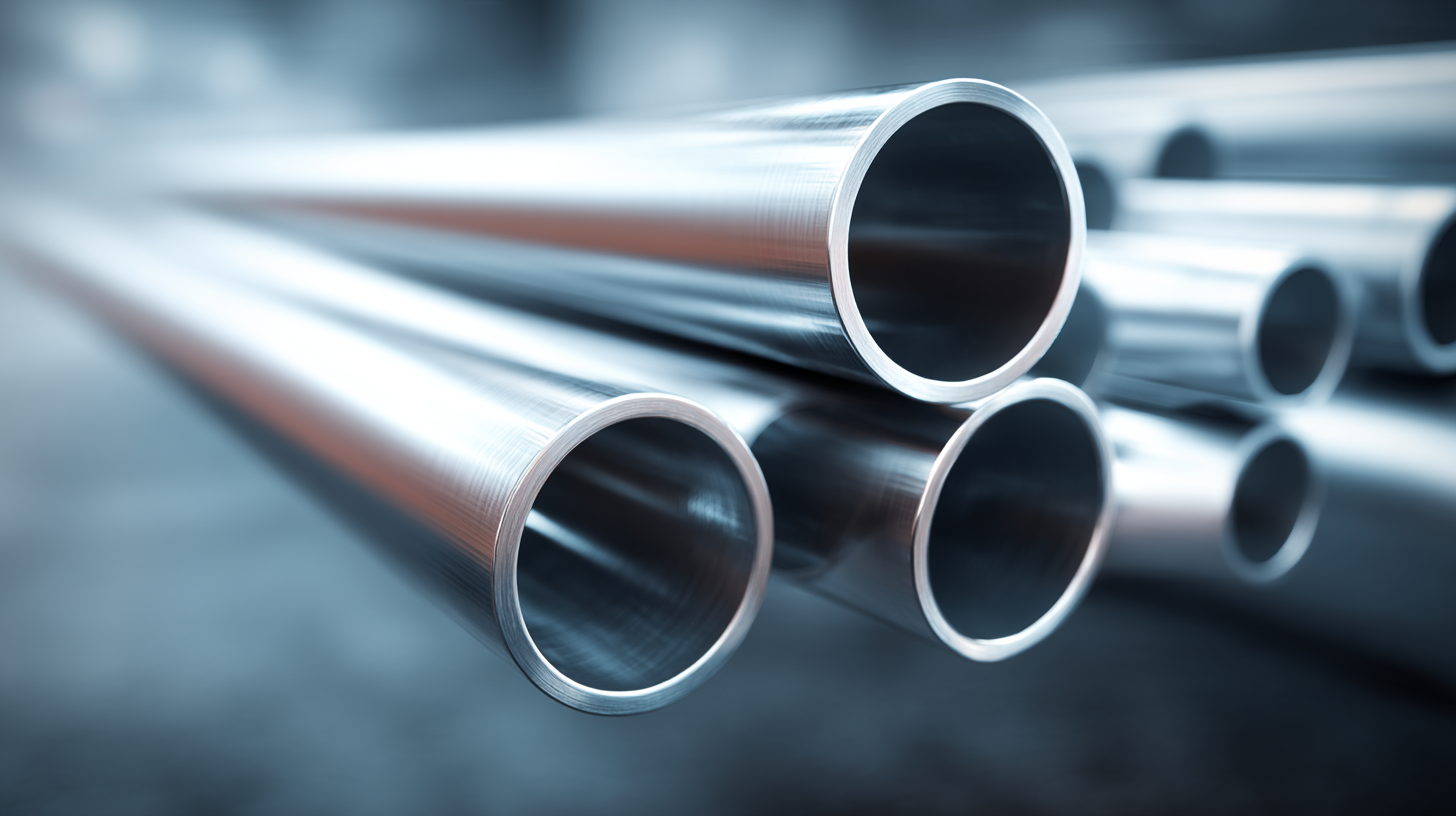
When selecting the right stainless steel pipe for your project, several key factors must be considered that pertain specifically to the application at hand. Firstly, the type of environment in which the pipe will be used is crucial. For example, pipes destined for industrial applications may require corrosion resistance to withstand harsh chemicals, while those used in food and beverage sectors should meet strict sanitation standards. Additionally, understanding the intended pressure and temperature ranges is essential to ensure that the chosen pipe can adequately handle operating conditions.
Regional insights into labor dynamics are also significant as they can impact project requirements. With the rise of the gig economy, the market for freelancers, independent contractors, and part-time workers is expected to grow substantially through 2034. This shift implies that businesses may need to adapt their project structures to accommodate a more flexible workspace, allowing for specialized skill sets in selecting materials like stainless steel pipes. Ultimately, anticipating these trends and tailoring choices to meet both physical requirements and labor availability will lead to a successful project outcome.
| Pipe Material | Pipe Diameter (mm) | Wall Thickness (mm) | Maximum Pressure (MPa) | Temperature Resistance (°C) | Applications |
|---|---|---|---|---|---|
| 304 Stainless Steel | 25 | 2 | 7.0 | 870 | Food Processing, Chemical, Pharmaceutical |
| 316 Stainless Steel | 50 | 3 | 6.0 | 800 | Marine, Pharmaceutical, Oil and Gas |
| Duplex Stainless Steel | 40 | 4 | 8.0 | 250 | Pulp and Paper, Chemical Processing |
| 430 Stainless Steel | 15 | 1.5 | 5.0 | 600 | Automotive, Appliance |
| Ferritic Stainless Steel | 20 | 2.5 | 4.5 | 700 | Heat Exchangers, Automotive |
When selecting the right stainless steel pipe for your project, evaluating the pipe dimensions and specifications is crucial. The two primary dimensions to consider are the nominal pipe size (NPS) and the schedule, which indicates the wall thickness. According to the American Society for Testing and Materials (ASTM), the NPS affects the pipe's internal diameter and overall strength. For example, a standard NPS 2 pipe, which has a diameter of approximately 2.38 inches, is often used in various applications where medium-level pressure handling is required.
Moreover, the specifications such as ASTM A312 for seamless and welded stainless steel pipes provide essential guidelines. This standard outlines the mechanical properties, including yield strength and tensile strength, which are vital for determining the pipe's suitability for specific pressures and temperatures. According to a recent industry report by the Stainless Steel Forum, nearly 70% of piping failures are attributed to improper material selection linked to inadequate understanding of dimensions and specifications. Therefore, a thorough analysis of these factors not only ensures compliance with industry standards but also contributes to the longevity and safety of the project.
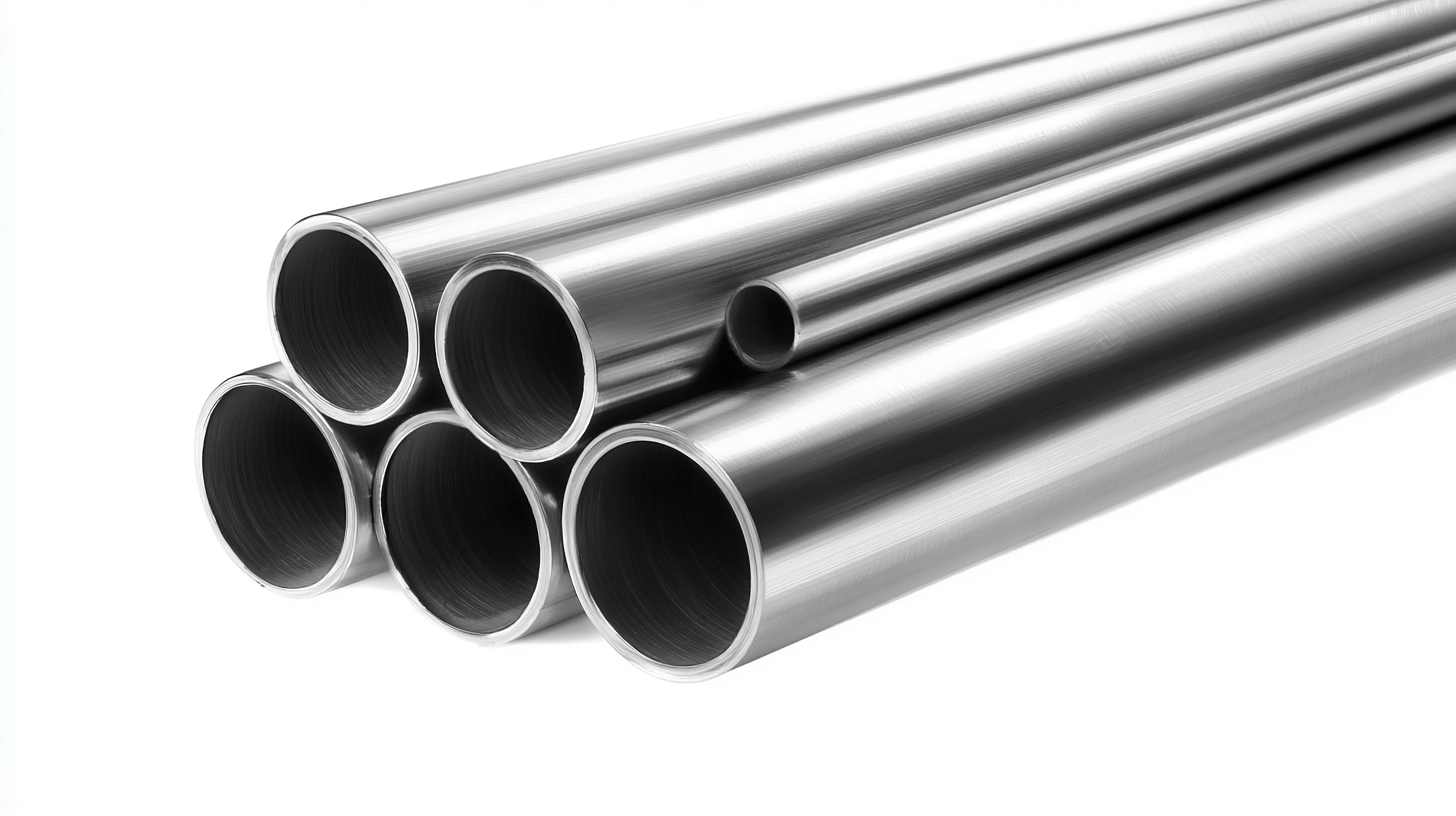
When selecting the right stainless steel pipe for your project, assessing corrosion resistance and durability is crucial. Stainless steel is renowned for its ability to withstand harsh environments, but not all grades offer the same level of protection. For instance, grade 304 stainless steel is suitable for indoor applications where exposure to moisture is limited, whereas grade 316, enriched with molybdenum, excels in marine or chemical environments due to its superior corrosion resistance.
Understanding the specific conditions your project will face is key to making an informed decision. Factors such as exposure to chemicals, temperature variations, and moisture levels can significantly impact the long-term performance of stainless steel pipes. Additionally, consider the pipe's finish and the potential for galvanic corrosion when in contact with dissimilar metals. By carefully evaluating these factors, you can choose a stainless steel pipe that not only meets your immediate needs but also ensures durability and longevity in its intended application.
When selecting the right finish and surface treatment for stainless steel pipes, it is essential to consider not only the aesthetic appeal but also the functional performance of the material in its intended application. Various surface treatments, such as passivation and electropolishing, can enhance corrosion resistance, improve cleanliness, and provide a smoother finish that is less prone to harboring contaminants. According to industry studies, properly treated surfaces can extend the lifespan of stainless steel components by up to 50%, significantly reducing the frequency of maintenance and replacement costs.
A critical step in ensuring coating quality and process efficiency is the pretreatment phase, which includes thorough cleaning and descaling. Data from recent webinars emphasize that neglecting proper cleaning methods can lead to defects in the coating, undermining the performance of the treated stainless steel. It has been shown that surfaces that are adequately cleaned before phosphating exhibit improved adhesion and durability of the coatings, leading to more robust end products. Adopting best practices in surface treatment not only enhances the functionality of the pipes but also complies with industry standards, ultimately contributing to project success.
